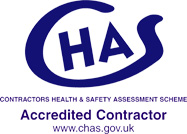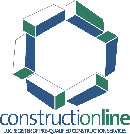Controlling Noise at Work
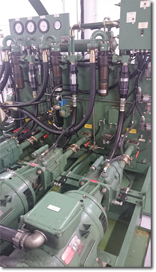
Controlling noise at Work is part of the European Workers Directive to protect employees whilst at work from damage to hearing due to their working environment. Hearing loss is permanent once the ear becomes damaged, it does not recover and the ability to hear is lost. Ten of thousands of people are affected in the developed world, where some 17,000 people per year diagnosed in the UK with loss of hearing. The control of Noise at Work Regulations 2005 started in 1989 under European Law that is only applicable to noise in the place of work. The Law does not apply to the public that is exposed to noise or non-work related activities where the individual can make an informed choice.
Where employees work in an environment that serves the public, where noise is likely to be damaging to hearing then the employer must provide guidance to the employees on how best to reduce the damaging impact on the ear. Bars, night clubs, cashers, booking halls and terminals are places that are most likely are affected by music or back ground noise when personal protective equipment is difficult to conceal.
Survey Safe™ provides consultancy advice on controlling noise at Work and devising practical solutions to protecting employees hearing. We do not just advise when personal protective equipment for hearing should be worn, but look to ways of reflecting noise and absorbing noise in the workplace.
Controlling noise in factories, particularly sectors that include plastics, wood working and concrete/cement processing, and construction sites is often reliant on personal protective equipment. The noise level at which employers must provide hearing protection and hearing protection zones starts at 85 decibels (daily or weekly average exposure) and the level at which employers must assess the risk to workers' health and provide them with information and training is now 80 decibels. Survey Safe™ offers training to operatives and training courses to managers on how to implement good practice and comply with legislation. There is also an exposure limit value of 87 decibels, taking account of any reduction in exposure provided by hearing protection, above which workers must not be exposed.
Survey Safe™ looks to provide advice on reducing the risk to noise, to what is reasonably practical and provide evidence that the risks are being adequately managed with suitable hearing protection with surveillance in place.
The Health and Safety at work act 1974 places a duty on both the employer and the employee to work safely and report potential risks and mitigate them. Noise often becomes a background noise to those that have worked in noisy environments for a long period of time, listen to how noise affects new starts to ensure their hearing remains unaffected and protect your own. Survey Safe™ works with employers advises on what is reasonably practical noise prevention. By law, as an employer, you must assess and identify measures to eliminate or reduce risks from exposure to noise so that you can protect the hearing of your employees.
Where the risks are identified as low, the actions you take may be simple and inexpensive, but where the risks are confirmed ass high, you should manage them using a prioritised noise-control action plan.
Further Information
If you would like to know more or are interested in a quote we would be happy to help. Phone us on 07730 446 224, email us at info@survey-safe.com or fill in our enquiry form and we will be in touch as soon as possible.
Survey Safe® - 07730 446 224 - info@survey-safe.com
Registered Office: Wagstaffs, Richmond House, Walkern Road, Stevenage, Herts SG1 3QP
Survey Safe® :: 07730 446 224
Survey Safe®
07730 446 224
Areas we cover
Areas we cover in London :: A
Areas we cover in London :: B
Areas we cover in London :: C
Asbestos articles
Asbestos: A possible cure being developed for Mesothelioma
Asbestos: The importance of regular staff medicals
Mesothelioma and Asbestosis: A comparison
86 per cent of school buildings contain asbestos
Workplace exposure limits
Controlling noise at work
Legionella risk
Asbestos re-inspection
Asbestos related products
Magnesite floor screeds
Asbestos in vermiculite
Chrysotile fuse carriers
Asbestos air monitoring
Asbestos cement roofs
Surviving mesothelioma
Cancer deaths from asbestos at all time high
Asbestosis
Asbestos exposure at ground zero after 9/11
Asbestos insurance claims
More asbestos related prosecutions
New asbestos regulations introduced
Asbestos contractor fined
Asbestos is a hidden health hazard in millions of homes
Asbestos exposure
Contractor fined for removing asbestos in an open wheelbarrow
Past and present uses for asbestos
Asbestos filters used in cigarettes
Privacy policy
Website map


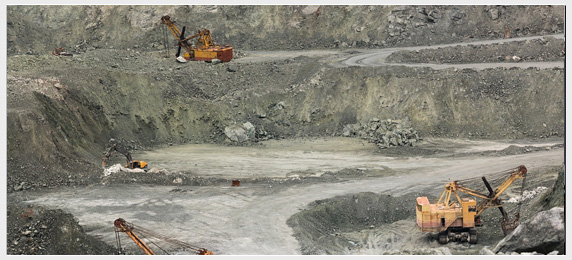
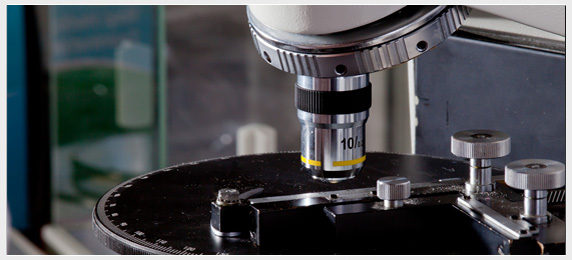
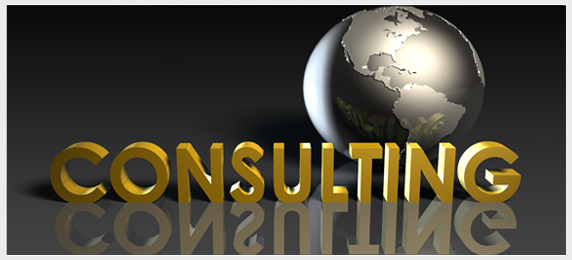
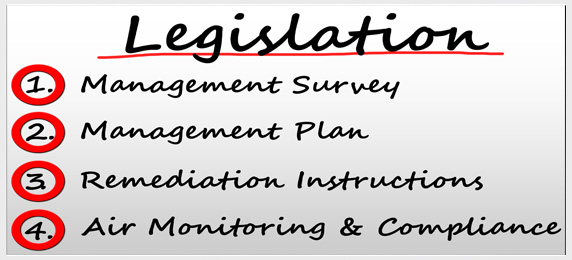
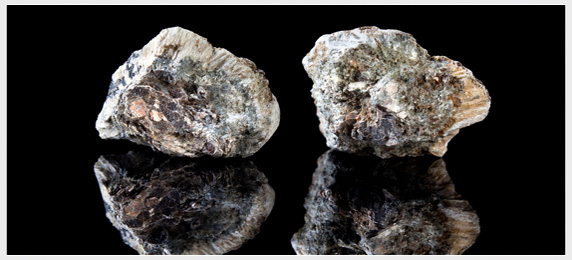
 1
1 2
2 3
3 4
4 5
5


